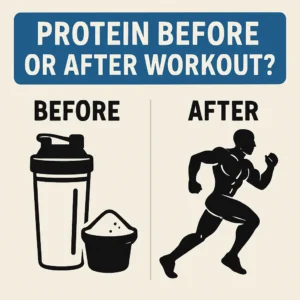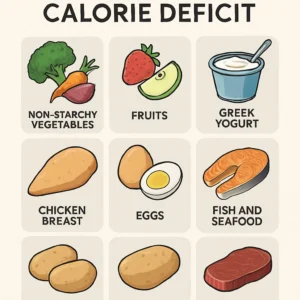Healthy eating is about more than just choosing fruits over fries—it’s a lifelong commitment to nourishing your body, mind, and spirit. In this article, we’ll answer the core question: how can you build sustainable, health-promoting eating habits? We’ll explore the fundamentals of good nutrition, practical strategies to upgrade your daily diet, common pitfalls to avoid, and ways to involve loved ones in healthier eating. Whether you’re a busy professional, a parent juggling multiple priorities, or simply someone who wants to feel their best each day, these 10 tips will guide you toward a balanced, satisfying diet. Let’s dive into the basics and empower you to make better choices at every meal.
Understanding the Basics of Healthy Eating
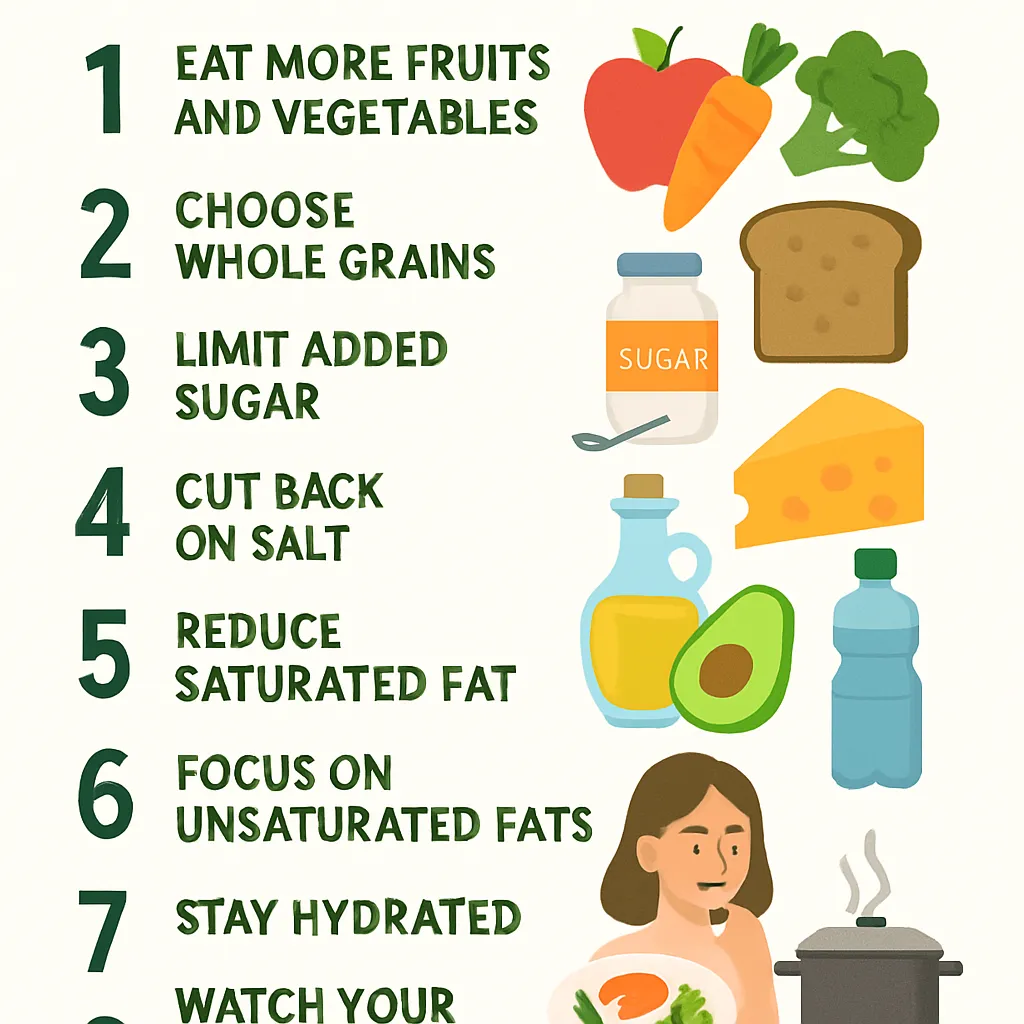
What Constitutes a Healthy Diet?
A healthy diet is one that provides all the essential nutrients your body needs—vitamins, minerals, fiber, protein, healthy fats, and carbohydrates—in the right proportions. It emphasizes whole, minimally processed foods over packaged or ultra-processed items. Key components include a variety of colorful fruits and vegetables, whole grains, lean proteins like fish and legumes, and healthy fats from sources such as nuts, seeds, and olive oil. Portion control also plays a crucial role, ensuring you neither undereat nor overeat. A well-rounded diet balances macronutrients (carbs, proteins, fats) and micronutrients (vitamins, minerals) to support energy levels, immune function, and long-term health.
Another important concept is diversity: the more varied your diet, the better you cover all nutritional bases. Eating seasonally and experimenting with new foods or recipes can help maintain interest and enjoyment. It’s also vital to tailor your diet to your individual needs—age, activity level, health conditions, and personal goals all influence what “healthy” means for you. Consulting a registered dietitian can provide personalized guidance, but the overarching principle remains: choose real, nutrient-dense foods whenever possible.
Finally, hydration is often overlooked but is central to a healthy diet. Aim for at least 8 cups of water per day, adjusting based on exercise, climate, and body size. Water supports digestion, nutrient transport, temperature regulation, and joint health. Other beverages like herbal teas or infused waters can contribute to your fluid intake without added sugars. By focusing on nutrient density, variety, portion control, and hydration, you’re laying the groundwork for lifelong wellness and vitality.
Benefits of Good Nutrition
Eating a balanced, nutrient-rich diet offers benefits that extend far beyond weight management. First, it fuels your body with the energy needed for daily tasks, exercise, and cognitive performance. Proper nutrition sharpens focus, supports mood stability, and reduces fatigue. Second, a healthy diet strengthens your immune system by providing antioxidants, vitamins, and minerals that help fight infections and inflammation. Over time, this can lower your risk of chronic diseases such as heart disease, diabetes, and certain cancers.
Third, good nutrition supports digestive health through adequate fiber intake, which promotes regular bowel movements and a healthy gut microbiome. A happy gut can improve nutrient absorption and even has links to mental health via the gut-brain axis. Fourth, balanced eating habits can enhance skin health, hair vitality, and overall physical appearance, by supplying collagen-building nutrients and hydration. Lastly, the sense of well-being and confidence that comes from nourishing yourself properly cannot be overstated—it reinforces positive behavior, helping you stick to healthy choices long term.
Practical Tips to Improve Your Eating Habits
Increase Your Daily Fiber Intake
Dietary fiber is essential for digestive health and satiety. Soluble fiber, found in oats, apples, and beans, helps lower cholesterol and stabilize blood sugar. Insoluble fiber, found in whole wheat, nuts, and vegetables, adds bulk to stool and prevents constipation. Adults should aim for at least 25–30 grams of fiber daily.
Simple swaps—such as choosing whole-grain bread over white, adding beans to soups, or sprinkling flaxseed on yogurt—can quickly boost your fiber intake. Start slowly to allow your digestive system to adjust and drink plenty of water to help fiber move smoothly through your gut. Increasing fiber also encourages beneficial gut bacteria, supporting overall health. Consistently meeting fiber goals can aid weight management by keeping you full longer and stabilizing appetite.
Incorporate More Fruits and Vegetables
Fruits and vegetables are packed with vitamins, minerals, antioxidants, and fiber—and they’re naturally low in calories. Aim to fill half your plate with a colorful variety at each meal. Foods like berries, citrus fruits, leafy greens, cruciferous vegetables (broccoli, cauliflower), and colorful peppers all deliver unique health-promoting phytonutrients.
Try simple strategies such as adding spinach or kale to smoothies, snacking on carrot sticks with hummus, or roasting a medley of veggies as a side dish. When shopping, choose seasonal produce to enjoy peak flavor and nutrient content. Frozen fruits and vegetables are also nutritious and convenient, often being flash-frozen at peak ripeness.
By making fruits and vegetables the star of your meals, you not only boost essential nutrient intake but also crowd out calorie-dense, nutrient-poor options. Over time, this habit helps stabilize blood sugar, improve digestion, support immune function, and maintain a healthy weight.
Choose Whole Grains Over Refined Grains
Whole grains retain the bran, germ, and endosperm—providing fiber, B vitamins, and minerals—whereas refined grains are stripped of these nutrients. Examples of whole grains include brown rice, quinoa, oats, barley, and whole wheat products. Refined grains like white bread, white rice, and many pastas often lead to quick blood sugar spikes and lack lasting energy.
Swap refined grains for whole-grain alternatives: try whole-grain bread for sandwiches, steel-cut or rolled oats for breakfast, and brown rice or quinoa for side dishes. Experiment with lesser-known grains like farro, freekeh, or millet for added variety. Cooking grains in bulk at the start of the week can streamline meal prep and ensure you always have a healthy base on hand.
Making this switch supports stable blood sugar, longer-lasting energy, improved digestion, and reduced risk of chronic diseases. Over time, you’ll find that the nutty flavors and satisfying textures of whole grains enhance both nutrition and culinary enjoyment.
Limit Added Sugars and Saturated Fats
High intake of added sugars and saturated fats is linked to obesity, heart disease, and metabolic dysfunction. Added sugars hide in sodas, baked goods, sweetened yogurts, and sauces. Saturated fats are abundant in fatty meats, full-fat dairy, and many processed foods.
To cut back, read labels for sugar content and choose unsweetened or lightly sweetened options. Replace sugary drinks with sparkling water or herbal teas infused with fruit slices. Opt for lean proteins such as chicken, turkey, fish, or plant-based proteins. Use avocado, nuts, seeds, or olive oil as healthy fat sources instead of butter or lard.
Gradual reduction is more sustainable than abrupt elimination—start by halving the sugar in your coffee or swapping one high-fat snack per week for a healthier alternative. Over time, your palate will adjust, and you’ll crave less sweetness and heaviness, making it easier to maintain a heart-healthy diet.
Monitor Your Sodium Intake
Excess sodium contributes to high blood pressure and cardiovascular risk. The recommended limit is under 2,300 mg per day—equivalent to about one teaspoon of salt. Most sodium comes from processed foods, restaurant meals, and packaged sauces.
Cook at home whenever possible to control salt levels. Use herbs, spices, citrus zest, garlic, and vinegar to flavor foods. When purchasing packaged items, compare labels and opt for “low sodium” or “no added salt” varieties. Rinse canned vegetables or beans under water to remove excess sodium.
By becoming label-savvy and learning new flavoring techniques, you can significantly reduce your sodium intake without sacrificing taste. Improved blood pressure, reduced water retention, and enhanced overall health are just a few of the benefits.
Stay Hydrated and Enjoy Balanced Meals
Staying hydrated supports digestion, nutrient transport, temperature regulation, and cognitive function. Aim for at least eight 8-ounce glasses of water per day, adjusting for activity level and climate. Herbal teas, infused waters, and water-rich foods like watermelon or cucumber also count toward your intake.
Balanced meals contain protein, healthy fats, complex carbohydrates, and fiber. For example, a lunchtime plate might feature grilled salmon (protein, healthy fats), quinoa (whole grain), and a side of roasted vegetables (fiber, vitamins). Snacking on Greek yogurt topped with berries or an apple with nut butter can help maintain steady energy between meals.
Meal planning and prepping can simplify healthy eating: batch-cook grains and proteins, chop vegetables in advance, and portion meals into containers. This reduces last-minute reliance on fast food or vending machines. By combining hydration with balanced meal structure, you’ll feel energized, satisfied, and more capable of making nutritious choices throughout the day.
Avoid Common Pitfalls in Healthy Eating
Recognize and Avoid “Diet” Foods
Many “diet” or low-calorie products—like sugar-free cookies, diet sodas, and fat-free dressings—contain artificial additives, excess sodium, or sugar alcohols that can disrupt digestion. They often promise quick results but can undermine long-term health by promoting overeating or metabolic confusion.
Instead of relying on gimmicky products, focus on whole, minimally processed foods. If you crave something sweet, reach for a piece of fruit or make a homemade treat with natural sweeteners. For creamy dressings, blend Greek yogurt with fresh herbs and lemon juice. By choosing real foods over “diet” substitutes, you’ll nourish your body more effectively and avoid hidden pitfalls.
Remember: sustainable healthy eating isn’t about deprivation; it’s about fueling your body with high-quality ingredients. When in doubt, check the ingredient list—if you can’t pronounce it, it probably doesn’t belong in your diet.
Don’t Skip Breakfast
Breakfast kick-starts your metabolism, stabilizes blood sugar, and reduces mid-morning cravings. Skipping it can lead to overeating later in the day and energy slumps. Aim for a combination of protein, fiber, and healthy fats each morning.
Easy options include oatmeal topped with berries and nuts, whole-grain toast with avocado and egg, or a smoothie made with Greek yogurt, spinach, and frozen fruit. Even a quick bowl of cereal with milk and sliced banana provides balanced macronutrients. If you’re short on time, prepare overnight oats or breakfast muffins over the weekend.
By making breakfast a non-negotiable part of your routine, you’ll set a positive tone for your eating habits throughout the day. Your body—and your productivity—will thank you.
Healthy Eating for Everyone
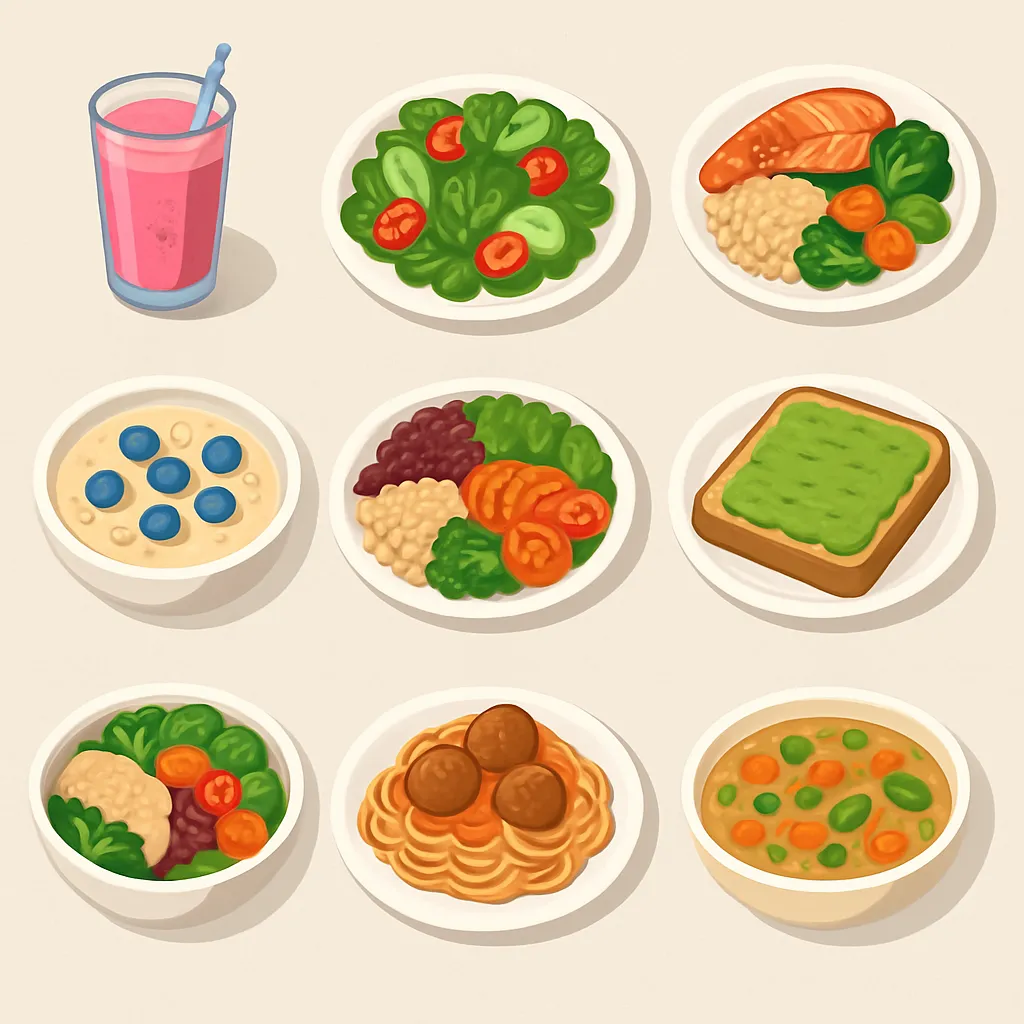
Tips for Families and Children
Encouraging healthy eating in children sets the stage for lifelong habits. Offer a variety of nutritious foods and involve kids in meal planning and preparation. Younger children can wash produce or stir ingredients, while older kids can help chop vegetables or measure grains.
Create a positive mealtime environment by eating together as a family whenever possible. Limit distractions like screens and focus on conversation and connection. Let children decide how much to eat from the healthy options you provide—this fosters a sense of autonomy and prevents power struggles.
Offer fruits and vegetables in fun shapes or presentations, like colorful kabobs or “rainbow” bowls. Use two numbered lists to help families remember easy meal-planning steps:
- Plan weekly menus with at least three balanced meals and two healthy snacks per day.
- Create a shopping list organized by food group to ensure a variety of nutrients.
- Include one new vegetable or fruit each week to expand palate.
- Rotate proteins—fish, poultry, legumes, and eggs—to keep meals interesting.
By making healthy eating fun, collaborative, and consistent, families can build a supportive environment that encourages good choices and positive attitudes toward food.
Understanding Nutritional Labels
Food labels can be confusing, but learning to read them empowers you to make informed choices. Start with serving size—it dictates all other numbers on the label. Check calories per serving and compare it to the portion you actually eat. Next, look at macronutrients: total fat (including saturated and trans fats), carbohydrates (with sugars and fiber breakdown), and protein.
Pay close attention to the % Daily Value (%DV) columns, which indicate how much of each nutrient one serving provides based on a 2,000-calorie diet. Aim for lower %DV of saturated fat, sodium, and added sugars, and higher %DV of fiber, vitamins, and minerals. Ingredients are listed in descending order by weight—if a sugar or refined grain is one of the first ingredients, consider choosing a different product.
Armed with label-reading skills, you can quickly identify healthier options when grocery shopping. This knowledge helps you avoid hidden sugars, excessive sodium, and unhelpful additives, making your overall diet cleaner and more nutrient-dense.
Putting It All Together
Healthy eating isn’t about perfection—it’s about consistency and progress. By understanding the fundamentals of a balanced diet, implementing practical tips, avoiding common pitfalls, and engaging your family, you can create sustainable habits that support your well-being. Use meal planning, mindful grocery shopping, and label reading to make informed choices. Remember, small, incremental changes add up over time.
Keep yourself motivated by tracking your improvements—like increased energy, better digestion, or clearer skin—and celebrate your successes. Healthy eating is a journey, not a destination, and every positive step you take brings you closer to a more vibrant, fulfilling life. Start implementing these 10 essential tips today and enjoy the lifelong benefits of a truly balanced diet.
Quick Comparison of Key Nutrients
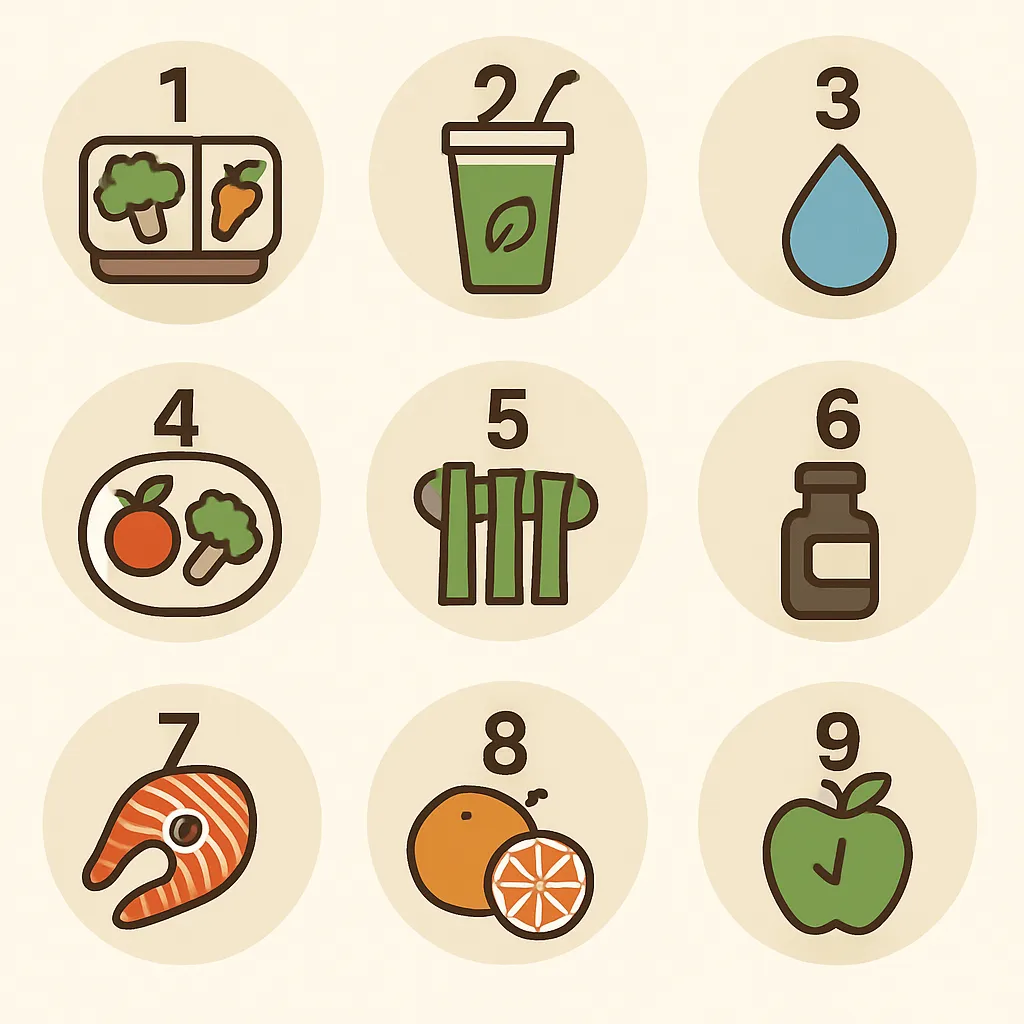
Below is a table summarizing the primary sources and benefits of key nutrient categories to help you quickly reference where to find them and why they matter.
| Nutrient | Primary Sources | Main Benefits |
|---|---|---|
| Dietary Fiber | Whole grains, legumes, fruits, vegetables | Improves digestion, stabilizes blood sugar, supports heart health |
| Vitamins & Minerals | Fruits, vegetables, dairy, lean proteins | Supports immune function, bone health, energy production |
| Healthy Fats | Avocado, nuts, seeds, olive oil | Supports brain function, reduces inflammation, absorbs fat-soluble vitamins |
| Lean Protein | Fish, poultry, legumes, tofu, Greek yogurt | Builds and repairs muscle, supports metabolism, keeps you full longer |
| Complex Carbohydrates | Quinoa, brown rice, oats, sweet potatoes | Provides sustained energy, fiber, B vitamins |

